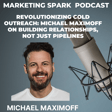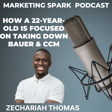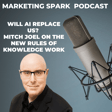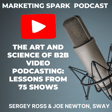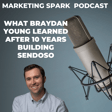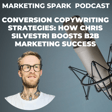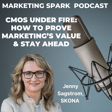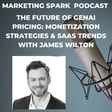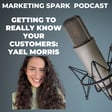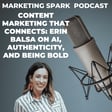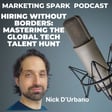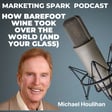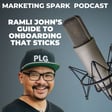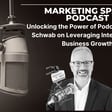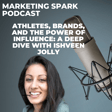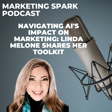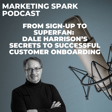
Scaling Marketing at a Fast-Growing B2B SaaS Company: Ruth Zive
How do you scale a marketing team at a hyper-growth company?
It’s definitely a nice problem to have. Who wouldn’t want to ride a rocket?
Managing growth is a major challenge for Ruth Zive, who has led marketing at Ada for nearly three years.
Earlier this year, the Toronto-based company raised $130 million.
Ruth, who has headed up marketing at Ada for nearly three years, says momentum and capital have allowed her to take a different approach to marketing,
“We have the wind in our sails and we are well-capitalized. So, now we can take a breath and be a lot more thoughtful and strategic about the future,” Ruth said on my podcast.
“In the past, we would make decisions from month to month. Now, we very deliberately planning for one or two years out.”

